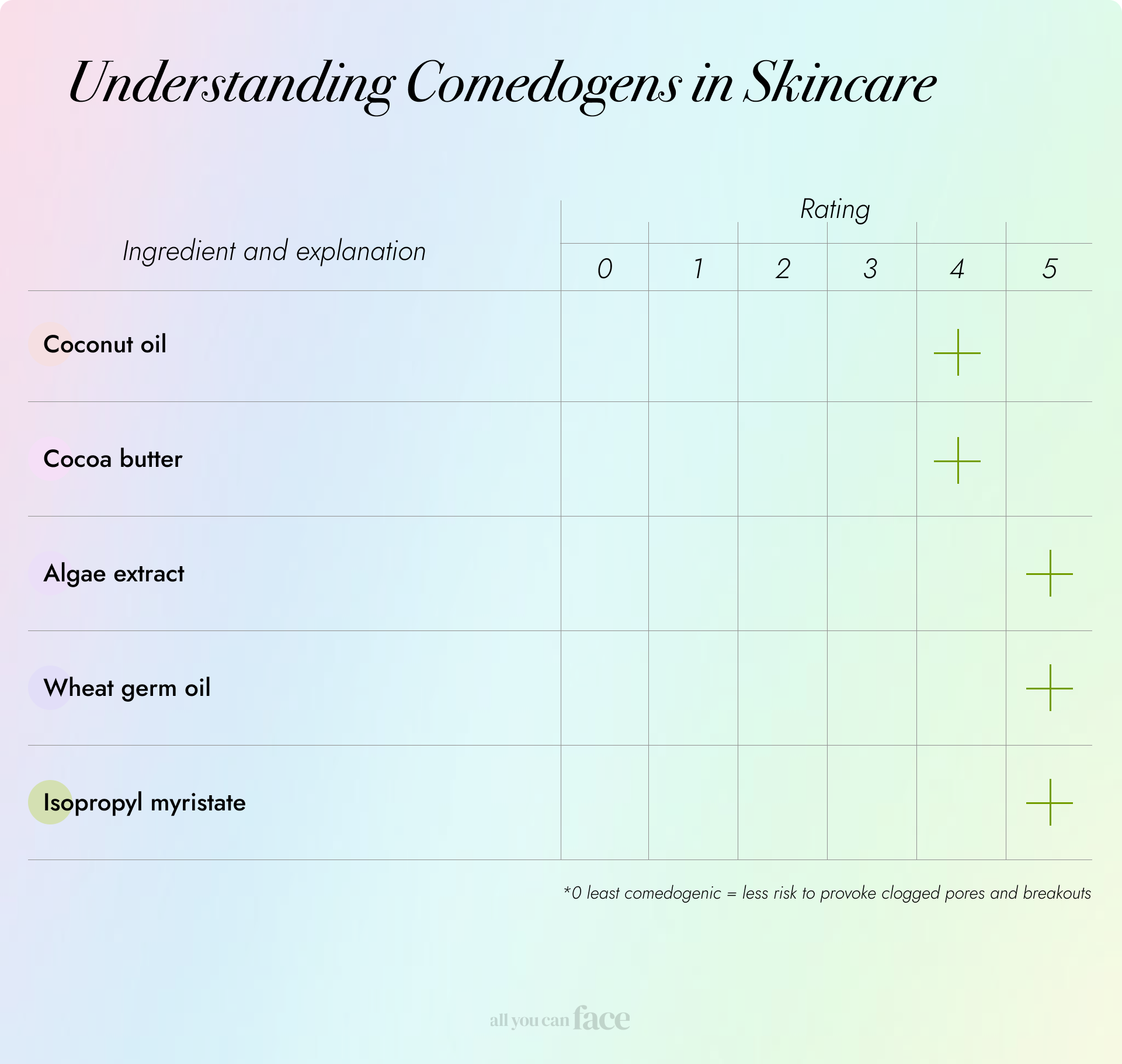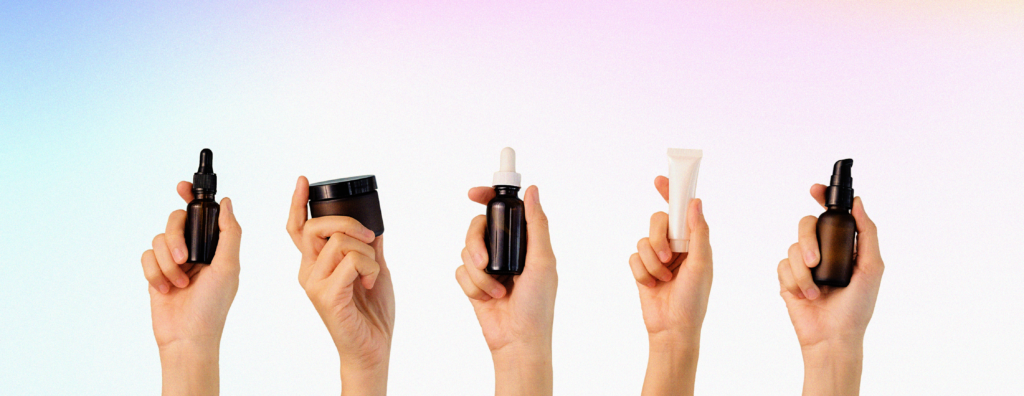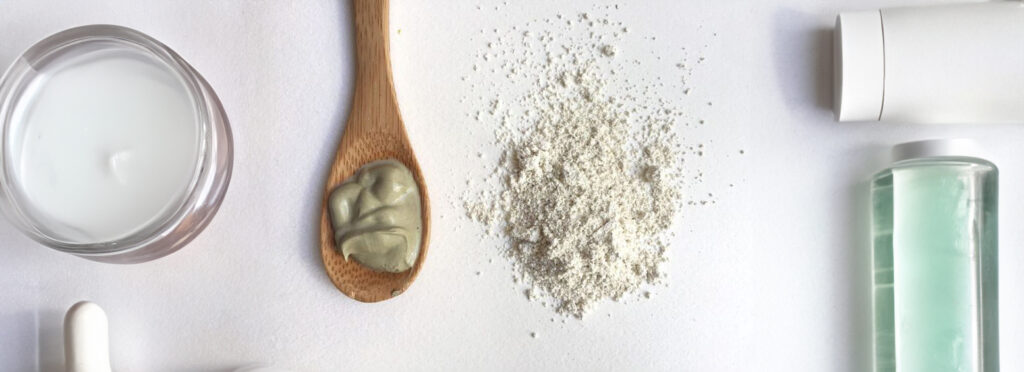Understanding Comedogens in skincare to avoid breakouts

When it comes to skincare, it’s important to be aware of the ingredients that could potentially clog your pores and cause breakouts. These ingredients are known as comedogens, and they can be found in a wide range of skincare products, from moisturizers to makeup.
Comedogenic ingredients are substances that have been found to increase the likelihood of developing comedones, also known as blackheads and whiteheads. They do this by blocking the hair follicles, trapping oil and bacteria inside, which can lead to inflammation and acne.
Some common comedogenic ingredients include mineral oil, coconut oil, and certain types of waxes and silicones. However, it’s important to note that not all people will have the same reaction to these ingredients and that comedogenicity can depend on the concentration of the ingredient as well.
A Balanced View
- Comedogenic ratings assign numerical values to skincare ingredients based on their perceived potential to clog pores and cause acne. It is crucial to approach these ratings with a balanced perspective. While they may provide a general indication, it is important to remember that individual skin types and responses can vary significantly. The ratings should be used as a starting point rather than an absolute determinant of skincare compatibility.
The Role of Patch Testing
- One of the most effective ways to test the suitability of skincare products is through patch testing. By applying a small amount of a product to a specific area of your skin and monitoring its response, you can better understand how your unique skin reacts. This personalized approach allows you to make informed decisions based on your skin’s individual feedback, rather than relying solely on broad comedogenic ratings.
Highly Comedogenic Ingredients
While individual responses may differ, it is worth noting some ingredients that are often considered highly comedogenic and have the potential to cause breakouts in susceptible individuals.

Remember, these ingredients may not cause issues for everyone, but if you have experienced breakouts or clogged pores, it may be worth considering their presence in your skincare products.
Consider the Overall Formulation
- Instead of fixating solely on individual ingredient ratings, it is crucial to consider the overall formulation of skincare products. Ingredient synergy plays a significant role in product performance. A well-formulated product with a balanced combination of ingredients can mitigate potential negative effects of isolated highly comedogenic ingredients. Evaluating the complete formula, rather than focusing on individual ratings, allows for a more comprehensive understanding of a product’s compatibility with your skin.
Professional Guidance
- When navigating the complex world of skincare, seeking guidance from skincare professionals can provide invaluable insights. Dermatologists, estheticians, and skincare experts possess in-depth knowledge and experience, enabling them to provide personalized recommendations based on your unique skin type and concerns. Their expertise can help you navigate the intricacies of ingredient compatibility and curate a skincare routine that best suits your needs.
We encourage you to adopt a well-informed approach to skincare ingredient compatibility, moving beyond the confines of comedogenic ratings. Use the power of patch testing, consider the overall formulation of products, and seek guidance from skincare professionals in case of doubt locally. Remember that skincare is a highly individualized journey, and your skin’s response is the ultimate indicator of what works for you.






Responses